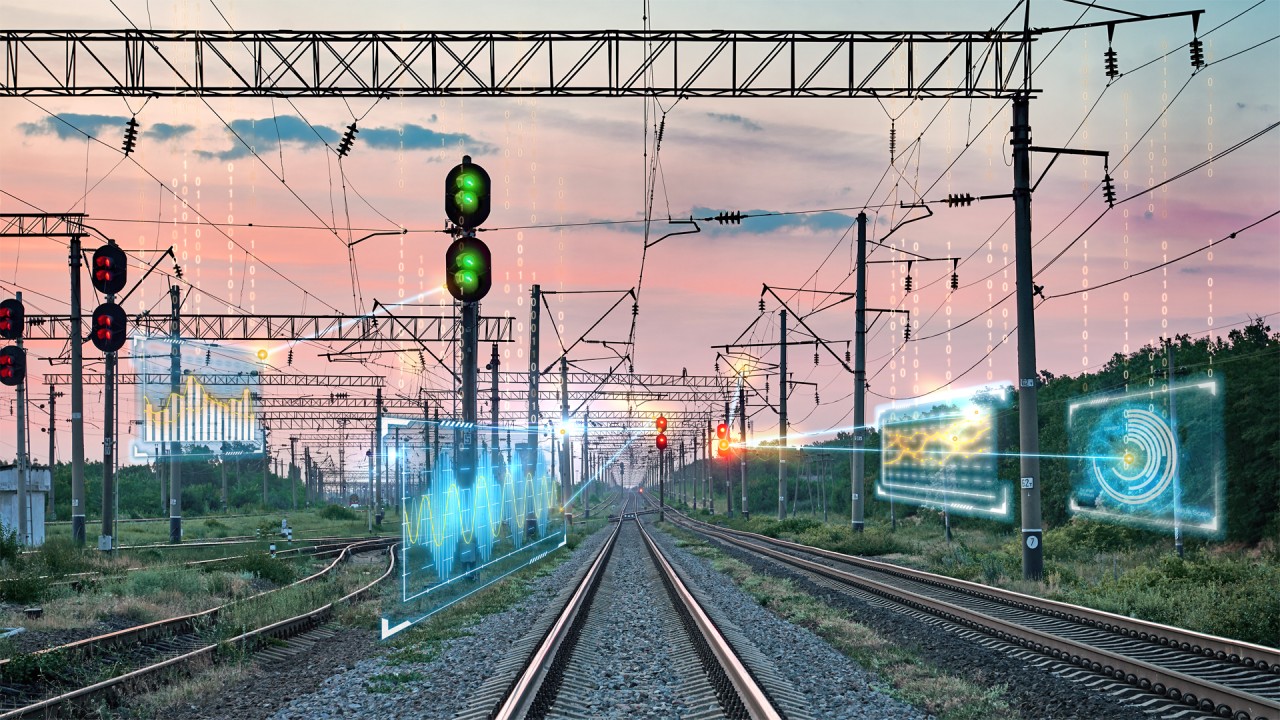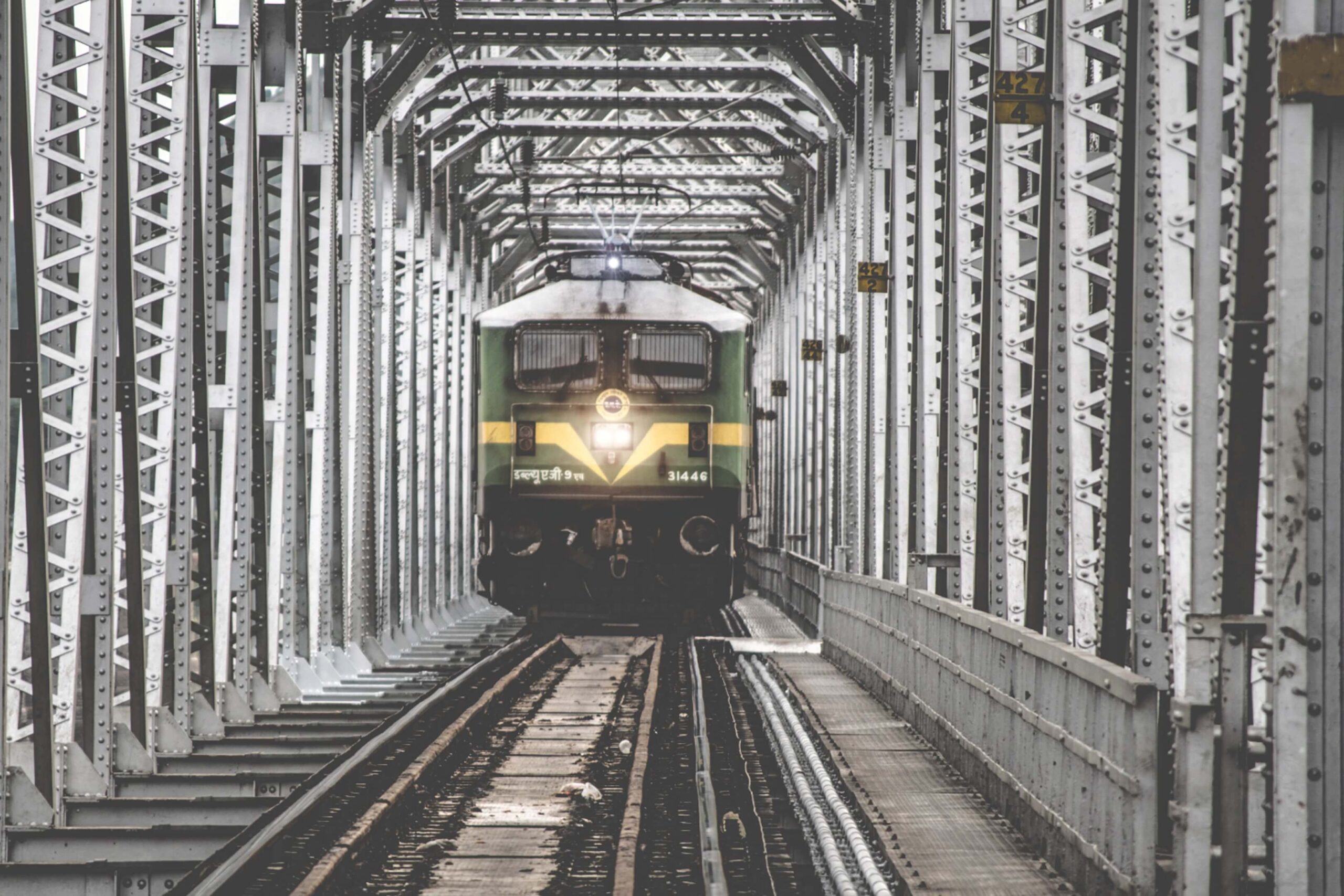
Indian Railways launched Innovation Policy to promote ‘Startups for Railways’
Indian Railways is the lifeline of the country, transporting 8.0 billion passengers and 1.2 billion tonnes of freight annually. Started its journey on 16 April 1853, it has rolling stock consisting of 293,077 freight wagons, 76,608 passenger coaches, and 12,729 locomotives. Owing to the legacy network, it was always difficult to launch innovative solutions at Indian Railways. However, Indian Railways launched its innovation policy in April 2022 to promote its engagement with startups.
It launched the ‘Startups for Railways’ initiative with an aim to leverage new innovative technologies developed by entrepreneurs and startups to improve operational efficiency and safety in the Railways. The new initiatives will help to promote an “Innovation Culture” in the country for co-creation and co-innovation in the Railway sector.

Problem Statement
Indian Railways will follow Open Innovation model and will publish problem statements on Indian Railway Innovation Portal to attract innovative solutions. In Phase 1, the agency will publish 11 problem statements, which are selected from the pool of 100 problem statements received from different divisions, field offices/zones of Railways.
- Broken Rail Detection System
- Rail Stress Monitoring System
- Headway Improvement System for suburban section interoperable with Indian Railways National ATP system
- Automation of Track Inspection Activities
- Design of superior Elastomeric Pad (EM Pad) for Heavy Haul Freight Wagons
- Development of online Condition Monitoring System for traction motors of 3-phase Electric Locomotives
- Light-weight wagon for transporting commodities like Salt
- Development of analytical tool by using digital data for improving passenger services
- Track Cleaning Machine
- App for post-training revision & self-service refresher courses
- Use of Remote Sensing, Geomatics, and GIS for bridge inspection
Problem Statements shall include technical and functional requirements specific to the Railways application environment such as:
- Categorization of intended use as vital or non-vital or safety-critical and non-safety-critical
- Expected service life
- Access to maintenance requirements
- Assured quantity of developed product to be supplied in scaling-up stage (if achieved)
- Regulatory compliances involved (if any)
- Third-party interfacing of the product/technology, etc.

How it will work?
Innovation Portal: The startups or industry players can access the problem statements on the innovation portal
Stage 1: Submit IP Form-1 along with detailed proposals within 30 days in response to the Problem Statements uploaded. PEC (Proposal Evaluation Committee) will carry out the preliminary scrutiny and shortlisting of proposals within 15 days from the date of initiation of the process.
Stage 2: Shortlisted Innovators to submit complete details along with IP Form-2, as may be necessary for a detailed comprehensive technical and financial evaluation of the proposed product/solution within 15 days of intimation by PEC.
Intellectual Property: The innovators will be the legal owner of developed Intellectual property rights (IPR)
Cost of development: The startups or industry players will require to submit a break-up of the Cost including
(i) Expenditure on proving out the concept
(ii) Cost of building Prototype(s)
(iii) Cost of Prototype testing & validation on test beds (or in virtual environment/simulation/analysis etc.)
(iv) Certification Costs
(v) any other cost arising out of regulatory and statutory compliances
Funding
Indian Railways will follow a cost-sharing approach and will share costs with the innovators in a [50:50] ratio, subject to a maximum ceiling of $200,000 (INR 1,500,000). In the case, the overall project cost is more than $400,000 (INR 3,000,000), the Railways will not bear the additional cost.
The agency will release the fund based on pre-decided milestones. The project execution stages should be divided in a minimum of 4 milestones and the maximum amount of disbursement at any milestone shall not exceed $32,000 (INR 2,500,000).
Mobility Innovation Lab (MIL) review
MIL applauds the intent of Indian Railways to promote innovation. The rail sector has a reputation as being slow to adopt new technologies and innovation policy will help to accelerate the innovation process. However, the scheme in its current form is very bureaucratic and the development of new technologies is time taking process. Indian Railways should develop test-beds to carry out more pilots with private players. Further, it will be important to invite global startups to accelerate local innovation. The startups need funding support but getting access to infrastructure and data is more important. It will be great to see how this scheme evolves and foster innovation in the rail sector.


